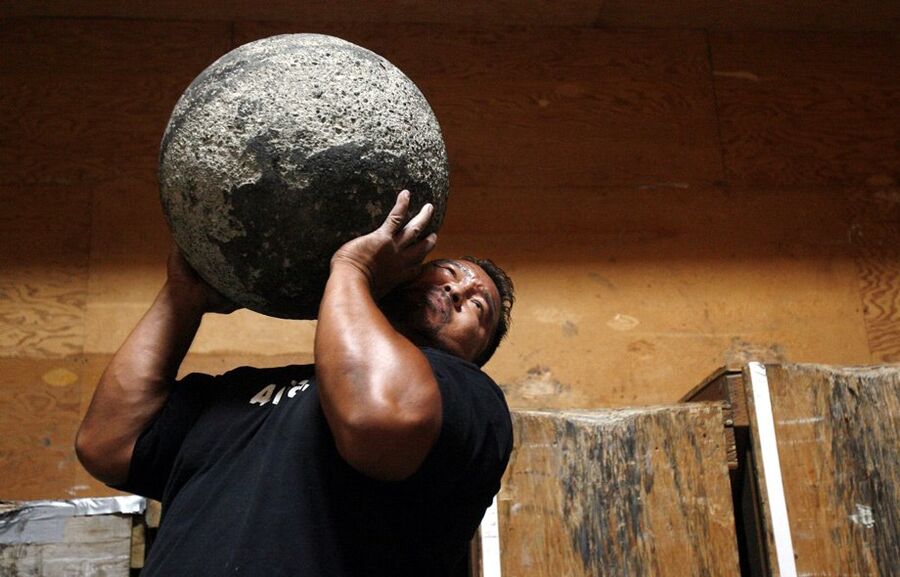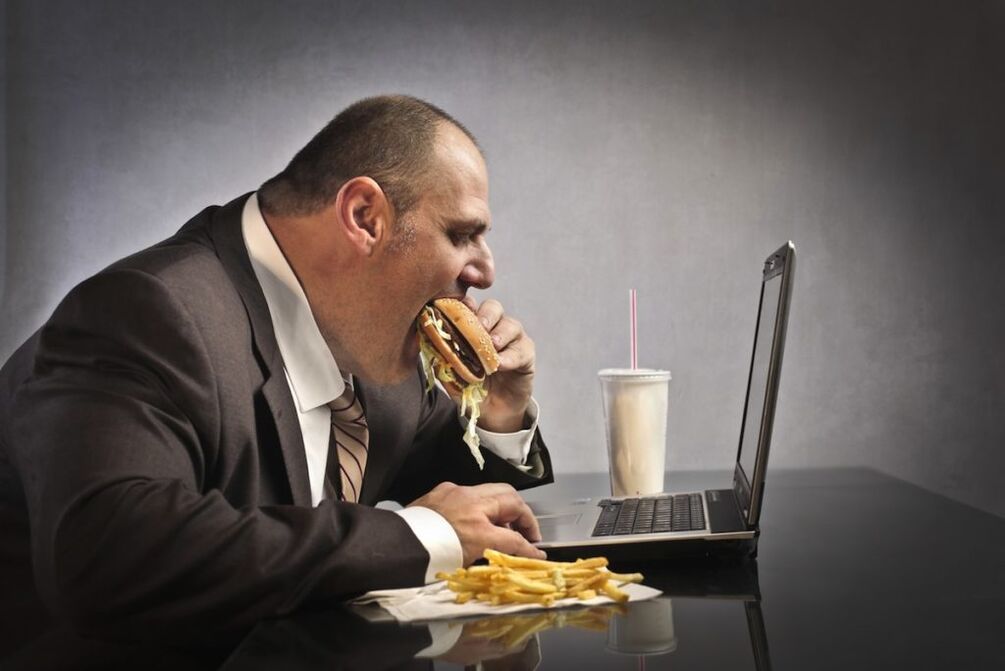The most common diseases in men over 40 are prostatitis and hemorrhoids. Moreover, in some cases, both pathologies can develop in parallel, significantly worsening the quality of human life. Here it is necessary to understand what these two diseases are and what symptoms they show in order to independently recognize the problem and consult a specialist in a timely manner.
What is hemorrhoids: features and symptoms

Hemorrhoids are dilated blood vessels in the rectum. These veins are called hemorrhoids and form nodules when they dilate.
The main reason for the development of the disease is a violation of blood flow from the lower rectum. This is due to various reasons:
- sedentary lifestyle;
- excess weight;
- frequent constipation;
- overload;
- inflammation of the rectum.
In other words, blood flows to the hemorrhoidal area, but its output is disrupted, so it overflows the dilated arteries. Due to the dilation of blood vessels, changes occur in the tissue of the cavernous body located under the mucous membrane of the rectum. These sections swell and increase in size, forming the so-called hemorrhoids.
Nodes can be internal or external. The external nodes are the result of weakening of the sphincter muscles, as a result of which the internal nodes move and fall out of the anus. The number of internal or external formations in the rectum can vary from one to several nodes. In addition, the more nodules, the more severe the symptoms of the disease.
Hemorrhoids are the most chronic, with periodic exacerbations.
The disease develops slowly, the symptoms remain invisible for a long time, which explains the main problem of hemorrhoids - late diagnosis. At the initial stage, the symptoms are mild:
- mild edema of the tissues of the lower rectum;
- periodic itching in the anus;
- burning and aching pain after stool.
Symptoms are aggravated by constipation - severe pain and stinging during stool. At the same time, mucus may be released from the rectum, which further irritates the mucous membranes and increases the burning sensation.
Hemorrhoids are manifested by inflammation of the nodules. This is accompanied by unbearable pain. Nodules are damaged during bowel movements, so blood is found in the stool.
Over time, the cavernous bodies of the rectum can become severely deformed, resulting in the knots collapsing and having to be firmly fixed in the anus with your fingers.
Basic concepts about prostatitis

Prostatitis is an inflammation of the prostate gland. The disease is contagious and non-infectious, can occur in acute and chronic forms.
If we consider prostatitis and hemorrhoids at the same time, we should pay special attention to the non-infectious chronic inflammatory process in the prostate gland. This disease is often called congestive prostatitis.
The essence of the problem is a violation of the trophism of the prostate gland. Trophism is understood as the microcirculation of blood and lymph flow. Violation of these processes leads to the following changes:
- the secretion of the prostate gland stagnates;
- organ swells;
- the secretion in the prostate thickens;
- the inflammatory process develops.
The result of trophic disorders is a swollen and enlarged prostate, which compresses the surrounding tissues and organs (neck of the bladder, lower part of the urethra), resulting in the development of bright symptoms of prostatitis.
The main causes of congestive prostatitis are:
- sedentary lifestyle;
- lack of regular sexual intercourse;
- excess weight;
- bad habits;
- unbalanced diet.
As a rule, the disease mainly affects men over 40 years.
Doctors often refer to congestive prostatitis as an "office worker's disease" and thus emphasize the link between prostate trophism disorder and a sedentary lifestyle.
The symptoms of the disease are:
- desire to use the toilet often;
- pain in the perineum, rectum, bladder;
- weakening of urine flow during urination;
- feeling of constantly full bladder;
- ejaculatory disorders;
- potential deterioration.
Ejaculatory disorders are characterized by either rapid ejaculation with short-term stimulation of the penis, or inability to achieve orgasm during sexual intercourse. The first is associated with an increase in prostate tone, and the second - a violation of the contractility of the body.
What do prostatitis and hemorrhoids combine?

The connection between prostatitis and hemorrhoids is clear - common causes of development. And in one case and another, the disease develops as a result of disruption of blood circulation and lymph flow. In this case, prostatitis is caused by a violation of trophism, thickening of the juice in the prostate, and hemorrhoids are caused by a violation of venous outflow of blood from the rectum.
The following reasons lead to such violations:
- sedentary lifestyle (sedentary work);
- lack of regular sexual intercourse;
- obesity;
- bad habits.
Most modern people work in offices, that is, they spend most of their time sitting. In modern life, few people can find enough time for active recreation and sports, and spend most of the day sitting. The result is a weakening of blood circulation in the pelvis and lower extremities. At the same time, if a man has problems with the blood vessels in his legs, problems with the pelvic organs are only a matter of time. As a rule, varicose veins are also found in the age group of people at risk of developing prostatitis.
It seems that the lack of regular sex should only affect the prostate, but what does hemorrhoids have to do with it? When it is associated with both diseases and the development of congestive prostatitis, it causes the hemorrhoids to dilate. Poor sex life has a negative effect on the activity of the prostate gland. As a result, obstruction develops and signs of prostatitis appear. An enlarged prostate gland squeezes the surrounding tissues, including blood vessels, impeding normal blood flow in that area. As a result, the speed of blood flow to the veins of the rectum changes, venous stasis gradually develops, blood vessels dilate and hemorrhoids form. Of course, this process takes many years, but if no action is taken, prostatitis will eventually result in hemorrhoids.
The same thing happens with obesity. The trophism of the pelvic organs is disturbed, and then either prostatitis or hemorrhoids develop. If a man does not react in any way to the presence of one of these diseases, the development of the second should be expected over time.
The negative effects of bad habits should be considered separately. The most common addictions are smoking and alcohol abuse. Nicotine has a negative effect on blood vessels, increasing their tone. As a result, they narrow, which negatively affects the speed of blood flow. Another factor is the disruption of oxygen transport to the tissues during long-term smoking. The result is a worsening of blood circulation in the pelvic organs and lower extremities, which can lead to obstruction, prostatitis or hemorrhoids.
Alcohol abuse has a negative effect on the nervous and cardiovascular systems. An increase in blood pressure is often noted, which is the cause of impaired blood flow. Thus, the systematic use of smoking and alcohol is a direct way to the development of prostatitis and hemorrhoids.
As a rule, one of these diseases develops under the influence of several factors at once. Over time, the obstruction spreads to all organs of the pelvis and leads to the development of a second disease.
Once you know if hemorrhoids are related to prostatitis, you should know that both diseases can develop in parallel. Having two such diagnoses complicates treatment, so you should see a doctor immediately.
Treatment of hemorrhoids and prostatitis
If both diseases worsen, they should be treated at the same time. In general, the treatment of these two diseases overlaps somewhat, so taking medication can stop the flare-up.
Tablets and rectal suppositories are used to treat prostatitis. Rectal suppositories are also used to treat hemorrhoids, and therapy is supplemented with microclysters.
Suppositories
Mild anti-inflammatory drugs are preferred. They also stop inflammation in the prostate and reduce the appearance of hemorrhoids.
In addition, methyluracil suppositories may be recommended to improve local metabolic processes and strengthen immunity. Suppositories containing ichthyol are often prescribed as an anti-inflammatory agent.
Microclysters to eliminate inflammation
Microclysters are used both to stop the inflammatory reaction and as an intestinal preparation before the application of rectal suppositories. At home, enemas are made with decoctions of anti-inflammatory herbs - chamomile, St. John's wort, calendula.
Physiotherapy and exercise therapy
Physiotherapy is prescribed only after the elimination of acute symptoms. It aims to improve blood circulation in the pelvic organs and can reduce the frequency of inflammation. Electrostimulation, magnetotherapy, laser therapy are used in the treatment of prostatitis.
Because prostate access is through the rectum, such procedures have a positive effect on the health of the anus.
Exercise therapy is prescribed to all men who experience stagnant processes in the pelvic organs. Exercise stimulates local blood circulation and lymph drainage. They can be performed in a clinic or at home. In addition, it is shown that men benefit from sports, swimming, yoga, moderate speed running.
Prostate massage for hemorrhoids
Prostate massage is the best tool for the treatment of congestive prostatitis, which is a definite contraindication for inflammation of hemorrhoids in the background of the exacerbation of hemorrhoids. The procedure will have to be postponed until the inflammation in the nodules stops. Otherwise, hemorrhoids can be damaged during massage, which can lead to excessive bleeding and the spread of the inflammatory process or even infection of the site.
Preventive measures

Prevention of hemorrhoids and prostatitis is aimed at increasing the duration of remission and reducing the frequency of exacerbations. Preventive measures:
- balanced diet;
- prevention of constipation;
- strengthening the immune system;
- play sports;
- regular sex life;
- giving up bad habits.
It is important to establish a diet to prevent the development of constipation. Constipation is one of the main factors in the aggravation of hemorrhoids and prostatitis because it disrupts blood circulation. During bowel movements, hard stools damage the rectum and hemorrhoids, cause exacerbations and irritate the prostate, which is hidden by a thin partition. Your doctor may also prescribe special medications, such as glycerin suppositories, to prevent constipation.
























